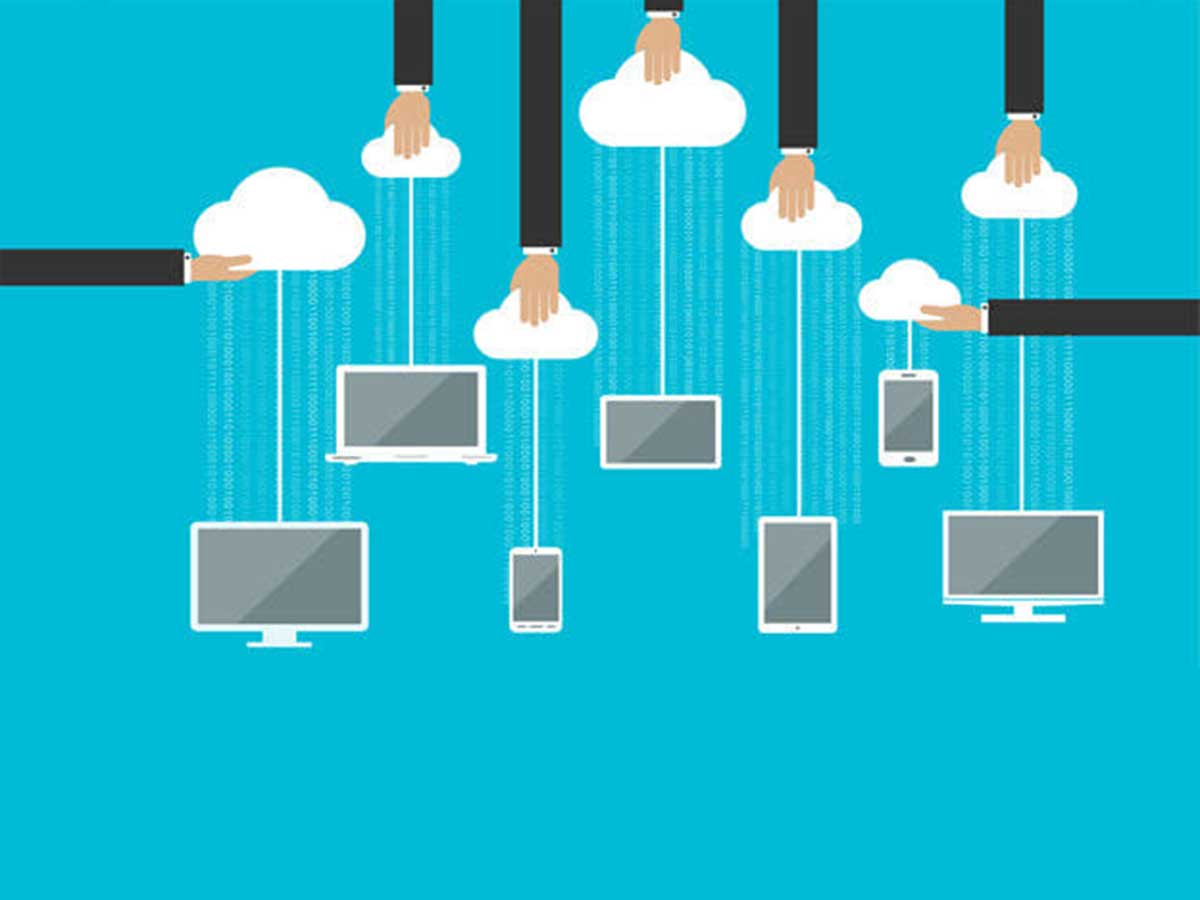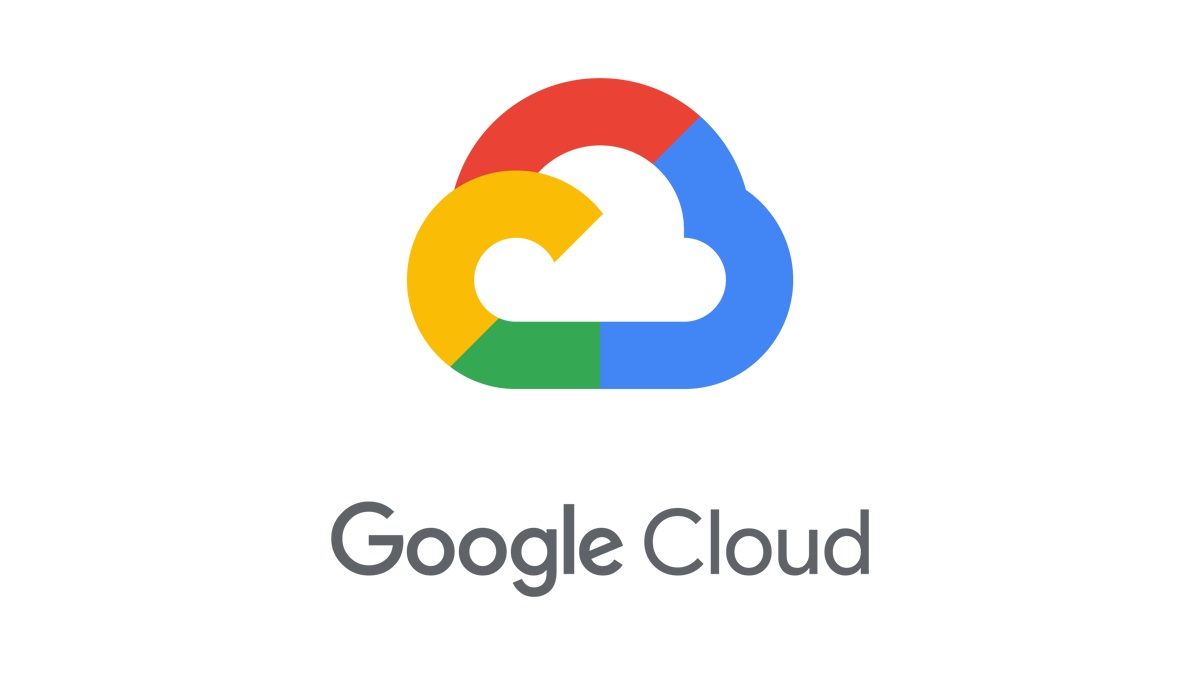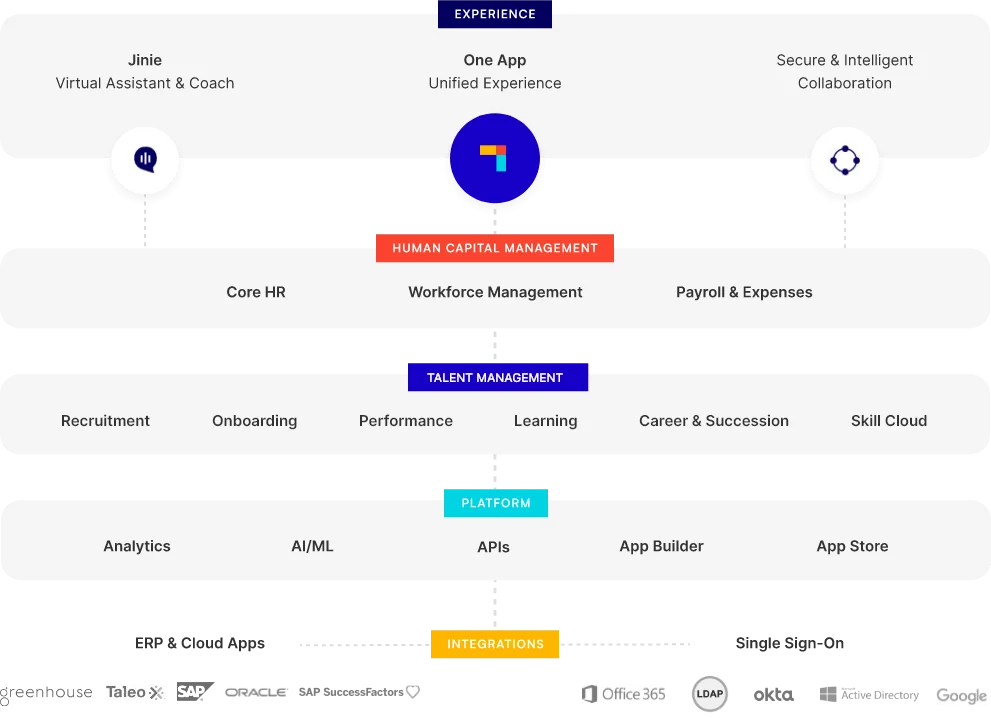In the new world of work (#NewCodeofWork), ease of access – be it for work, tools or data would be the basic ask. As owners of digital agenda, CIOs’ responsibility is to deliver this. An open and connected world is the only way to do so. Are you ready to open up?
If you ask CIOs about providing delightful digital experiences to the workforce, almost 100 percent of them would agree. But when you get into the details, the boundaries with which each CIO sets to deliver this agenda would be drastically different. While some IT leaders would focus on every workplace interaction, for others, ‘digital experiences’ is limited to specific areas.
While this has worked well for organizations in the past, the unprecedented effects of digital transformation in the enterprise are leading to a new future of work.
After all, we would be dealing with a digitally dexterous workforce that would demand digital tools to make work more meaningful and move beyond transactional tasks that seem to be covering 40 percent of work today. Every single activity of a worker would involve ‘people’ data; and the ‘HR’ data as we see it today would become irrelevant. Transparency, collaboration and sense would be the rule of the game.
With these changes on the cards, it would be important for CIOs or CDOs (or anyone with the onus of creating a digital blueprint) to look at ‘work tech’ as a comprehensive agenda, anticipate changes and ensure that digital tools being deployed align with future work patterns. Because, if that is not the case, while your digital spends and size of your digital architecture might sky rocket, the outcomes would still not be enough!
So, what can be done to ensure a head start in this journey? Let’s dive right in.
What is enterprise tech at work today?
The key is to think of it as a single ecosystem that aims to deliver exceptional experience to users. The tech ecosystem at work today is a sum product of monolithic systems which have dominated the business app world. Legacy applications created a world of their own, which existed like a secluded island nobody could look into or access from the outside.
Advancement in networking allowed them to communicate better, but there were still major limitations. This resulted in organizations either using dated systems for the sake of comprehensive coverage, or multiple systems which never ‘connected’. While the SaaS wave changed the scenario to some extent, more than half of the organizations are still in the clutches of closed, disconnected technology systems. This needs to change.
It’s time for organizations to understand two things – firstly, no single product can solve all problems. It might be a lucrative sales pitch, but that’s all that it is. As a product company, one needs to choose between the width and depth you would like to build in a product. Also, it is important for technology buyers to know what is real. Secondly, the expectation of tech systems to be able to talk to each other is no longer just an option, it’s mandatory.
It’s time to build a digital architecture powered by open and connected technologies, which can truly communicate with others. Communication here doesn’t mean merely sharing files discretely, it means the system can not only read but also write real-time in a collaborative setup. Not only there is information floating around, changes in data in one app should reflect in the other app real-time.
How can this be achieved?
The journey to create an open and connected system is seemingly simple, especially when you compare it to the challenges that were an existential feature of legacy systems. The first step is to change your mindset from tech builders to utility enablers. While the build v/s buy might not always look financially viable, experientially it mostly is.
Here is what some of our customers did to start this journey:
Employee DB as the core identity system: Sounds crazy? Actually, it’s the most logical solution. Most people think of employee data as an HR problem — but if we think about it, information about employees is scattered across almost all company systems. On the most basic level, each of these systems needs to maintain employees’ login credentials to authenticate their access; many systems outside of HR also need to know an employee’s department, role, manager, or level within the organization. And in most cases, the role or function in an organization defines the type of access they need to do their job. Then why can’t employee core be used as the ‘home’ from where admins (be it HR, IT or finance) can get a consolidated data view, and people can access practically everything they need at work.
Connected apps for all – business or employees: Once you have a comprehensive “core” system in place (refer to step 1), the next logical step is to have apps that not only address the needs of business users, but at the same time the larger set of user base – employees.
Historically, most enterprise applications were built keeping the first set of users (business users) in mind, and hence most application owners placed limited focus on the experience of the larger set. But things are changing now. With consumer grade apps ruling the world of enterprise tech, it is the new normal to have an ecosystem of connected tools, which can empower them to be more productive.
Connected data across apps: Today, there’s hardly any business app that doesn’t provide dashboards. But do they really help in taking impactful decisions at organizations? The answer is no. For instance, if you would like to understand the impact your sales team is creating, merely looking at a sales dashboard can’t help you ascertain that, unless your finance and customer success data can be visualized along with it. To achieve this, it is important that all your products can be connected through APIs and you have a place where a comprehensive consolidated view of data is available and accessible to relevant users.
Conversational layer: While your data and systems might be connected, the ease with which information can be accessed plays a big role in tech adoption. A conversational interface, commonly known as chatbots are an important component of a future ready connected enterprise. In our experience, organizations have seen almost 60 percent better user adoption by adding a conversational interface, which will only improve in future. Because tomorrow, when almost 50 percent of an individual’s life would be managed by an Alexa or a Google assistant, work apps would need to be able to connect with them.
Connecting people – meaningfully, securely: Easy access to mobile data made connecting with people easy, but it also created new challenges for enterprises. While capturing attention of an individual due to digital fatigue is a large concern, security risks are increasing day by day.
In such an environment, emails might not be the most productive way for people to connect. A system that can make it easy to connect, collaborate, track and deliver work is the need of the hour. Additionally, the system should support all employment types (gig, permanent etc.) and not require users to memorize another user id and password (remember point 1?).
What will be the impact?
Do your business teams still complain they are not able to get a single view of a customer’s journey from sales to success? Or is it difficult to provide a unified experience to all your employees because of the silos existing amongst IT, HR, administration and finance? Well, that is going to change with open and connected systems.
In an open and connected world, you would be empowered to look out for the best of breed customer support, marketing, HR, and other systems, for their individual needs — with the confidence that open standards mean different applications can connect with each other to share information in a timely manner. That would mean your users will get a consistent experience across their entire journey. And business will have a single window to get actionable insights, and not mere excel reports.
By rough estimates, that would mean and impact of almost 15 percent to 20 percent at the least, and this does not include the positive impact that a hassle-free unified experience would create.
In the new world of work (#NewCodeofWork), ease of access – be it for ‘work’, ‘tools’ or ‘data’ would be the basic ask. As the owners of digital agenda, CIOs’ responsibility is to deliver this requirement. And an open and connected world is the only way to do so. Are you ready to open up?
This article was published on CIO.













